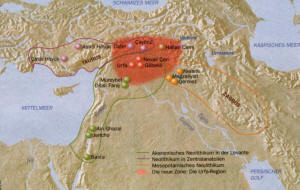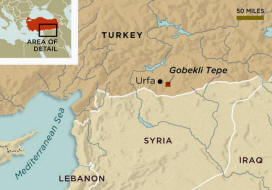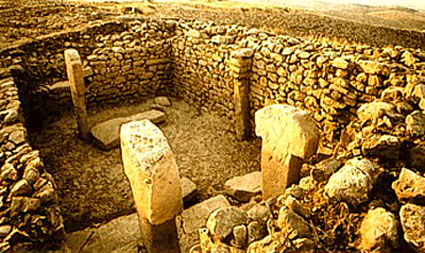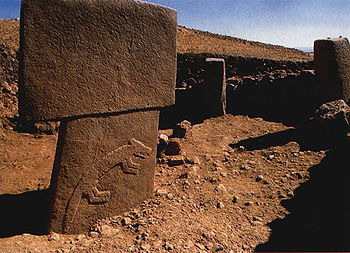|
from AtlasObscura Website
In 1994,
German archaeologist Klaus Schmidt and his team unearthed a
handful of findings that continue to revolutionize the way
archeologists think about Stone Age man.
The huge Gobekli Tepe complex, however, brings this view into question.
It consists of large, T-shaped pillars with animal carvings, huge stone rings, and a vast amount of rectangular rooms, many believed to have religious importance.
One theory is that this site was not used for domestic purposes, but for rituals and sacrifices.
The site
at Gobekli Tepe is believed by some to be the oldest
religious complex known to modern man. Equally curious is the fact
that before this discovery, there was no evidence of
hunter-gatherers ever erecting large monuments and buildings, making
this some of the world's oldest known architecture.
It's theorized that Gobleki Tepe could be showing us a transition period, depicting nomadic cultures' first attempt to farm (which would later bring about permanent settlement).
The one acre excavation site has raised more questions
than it has answered, and astoundingly enough, the site is believed
to extend some 22 additional acres.
|





